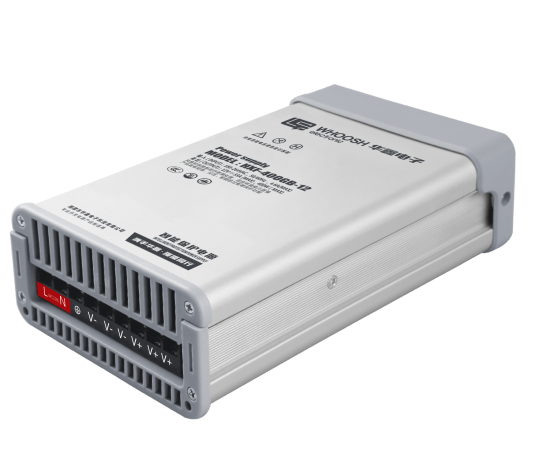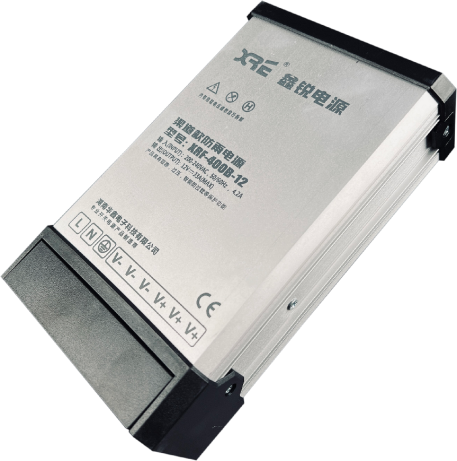Rainproof power supplies are essential components in outdoor electrical systems, providing reliable power while being protected from moisture and environmental factors. Proper installation is crucial to ensure their performance, safety, and longevity. This guide will walk you through the steps to correctly install rainproof power supplies.
1. Choose the Right Location
- Avoid Direct Exposure: While rainproof power supplies are designed to withstand moisture, it’s best to install them in a location that minimizes direct exposure to rain and sunlight. Under a protective overhang or inside a weatherproof enclosure is ideal.
- Ensure Ventilation: Make sure the installation site has adequate ventilation to prevent overheating. Avoid placing the power supply in confined spaces where heat buildup can occur.
- Accessibility: Install the power supply in an accessible location for easy maintenance and inspection.
2. Use Appropriate Mounting Hardware
- Secure Mounting: Use corrosion-resistant screws and brackets to securely mount the power supply. This prevents it from becoming loose or dislodged due to vibrations or external forces.
- Vibration Dampening: In areas prone to vibrations, consider using vibration dampening materials to protect the power supply from mechanical stress.
3. Proper Wiring and Connections
- Weatherproof Connections: Use weatherproof connectors and cable glands to seal any openings where wires enter the power supply. This prevents moisture ingress, which could lead to short circuits or corrosion.
- Cable Management: Organize and secure cables to prevent tangling and physical damage. Use cable ties or clips to keep them neatly arranged.
- Grounding: Ensure the power supply is properly grounded to prevent electrical shock and improve safety. Follow local electrical codes and standards for grounding requirements.
4. Protect Against Water Ingress
- Seal Openings: Use silicone sealant or gaskets to seal any gaps or openings in the power supply enclosure. This adds an extra layer of protection against water ingress.
- Tilt Installation: Install the power supply at a slight angle to encourage water runoff, reducing the chance of water pooling on the surface.
5. Conduct Regular Maintenance
- Inspect Regularly: Periodically inspect the power supply and its connections for signs of wear, corrosion, or damage. Address any issues promptly to prevent failure.
- Clean Surfaces: Keep the power supply and surrounding area clean from debris and dirt, which can affect performance and heat dissipation.
- Test Functionality: Regularly test the power supply to ensure it operates correctly. Check voltage outputs and connections to verify reliability.
Proper installation of rainproof power supplies is essential to maintain their efficiency and reliability in outdoor applications. By choosing the right location, using appropriate mounting hardware, ensuring proper wiring and connections, protecting against water ingress, and conducting regular maintenance, you can extend the life of your power supplies and ensure safe operation. Always follow manufacturer guidelines and local electrical codes to ensure compliance and safety.


Our HXF-GB, XRF-B series rainproof power supply will be your best choice, please see the link for details:
Leave a Reply